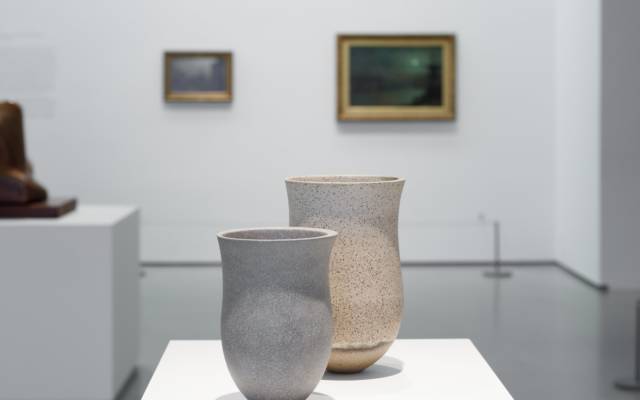
The Clay Requiem (1991) by Ryoji Koie joins Wakefield's collection
26 Mar 2021
Through the generosity of donor, Christopher Gorman Evans, The Hepworth Wakefield has been able to acquire The Clay Requiem (1991) by Japanese artist Ryoji Koie.
Koie (1938-2020) was a unique voice in ceramics, known for his diverse output that ranged from tea bowls and other traditional vessel forms to sculptures that pushed clay to its limits. In the 1970s, Koie developed an intensely performative and sculptural series of works that responded to world events such as the nuclear bombings at Hiroshima and Nagasaki. He later made work in response to the Chernobyl nuclear disaster, in which he created porcelain tiles embedded with electronic circuitry and lightbulbs.
While Koie‘s work has affinities with the Sodeisha group, which eschewed functionality for biomorphic and slab-built sculptural forms, Koie was never affiliated with the school. He often expressed his indebtedness to the more traditional work of Hamada and the Mingei or folk-craft movement.
Koie maintained a connection to Britain throughout his career, taking part in a series of residencies, in Oxford at the studio of Margaret O’Rorke and in St Ives at The Leach Pottery in 2010. In 1991 he took up residence in Farnham at the studio of Sebastian Blackie, during which time he created The Clay Requiem. It is one of Koie’s most distinctive sculptural groupings. Each totemic element is assembled from stacked ceramic components, with the grouping reminiscent of three solemn figures. They have been described as effigies and protectors.
Purchased 2020, funded by a generous donation from Christopher Gorman-Evans.







